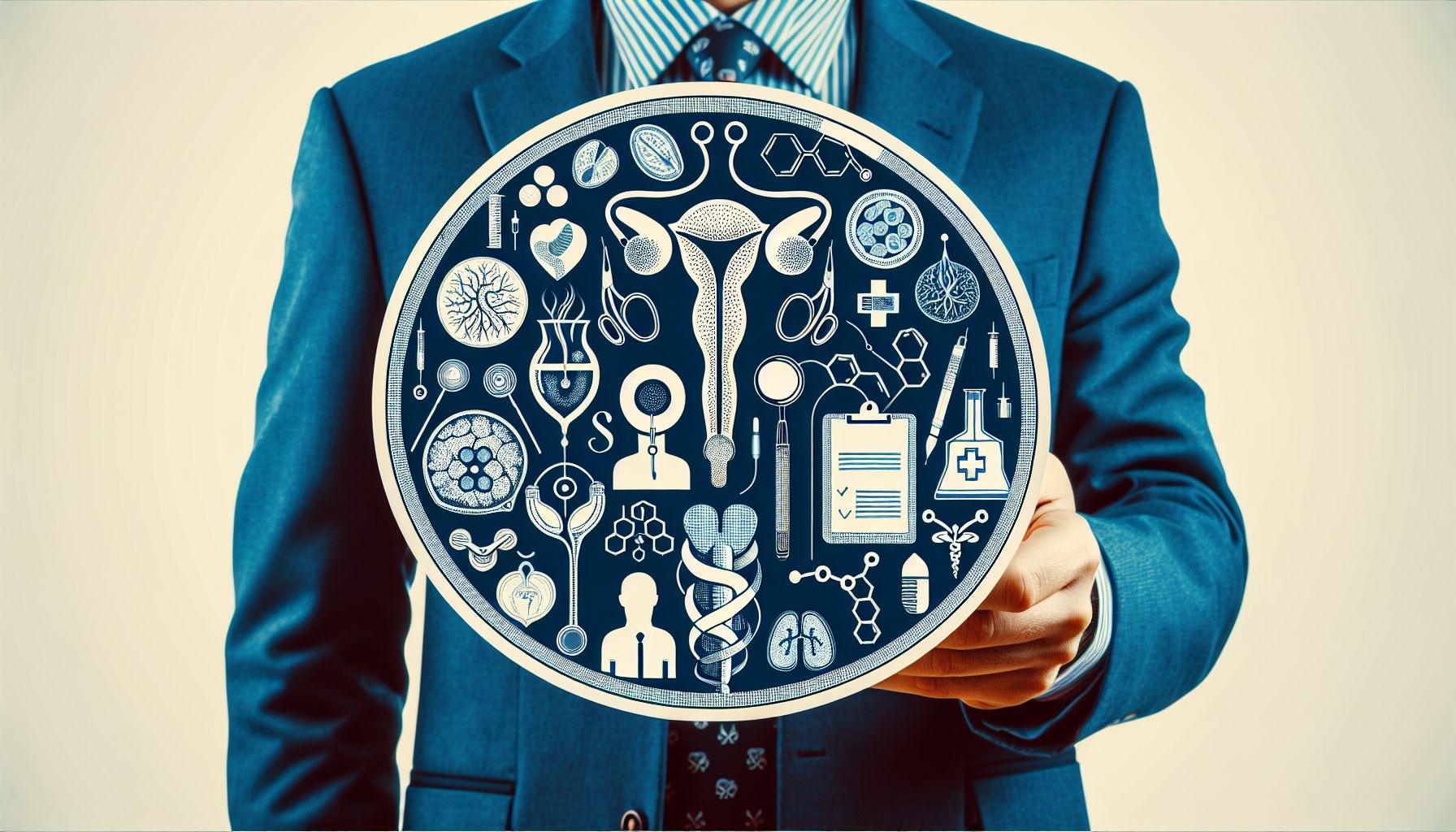
Erectile Dysfunction Treatment
Erectile dysfunction (ED) is a common condition that affects approximately 30 million men in the United States alone. It can have a profound impact on a man’s quality of life and self-esteem. Fortunately, effective treatments are available that can not only help manage this condition but also improve overall sexual health.
Understanding Erectile Dysfunction
Before exploring treatment options, it’s important to understand what erectile dysfunction is. ED is characterized by the inability to achieve or maintain an erection sufficient for satisfactory sexual performance. Various factors can contribute to this condition, including physical health issues, psychological factors, and lifestyle choices.
Common Causes of Erectile Dysfunction
– Cardiovascular diseases
– Diabetes
– Hormonal imbalances
– Neurological disorders
– Psychological conditions such as anxiety and depression
– Lifestyle factors (smoking, alcohol consumption, obesity)
Exploring Treatment Options
Finding the right treatment for erectile dysfunction depends on underlying causes and individual preferences. Here are some of the leading treatment methods available today, each with unique mechanisms and considerations.
Oral Medications
The most common and widely used treatments for ED are oral medications that enhance the effects of nitric oxide, a natural chemical the body produces to relax muscles in the penis. This increases blood flow, facilitating an erection in response to sexual stimulation.
| Medication | Mechanism | Common Side Effects |
|---|---|---|
| Sildenafil (Viagra) | PDE5 inhibitor | Headache, flushing, indigestion |
| Tadalafil (Cialis) | PDE5 inhibitor | Back pain, muscle aches, flushing |
| Vardenafil (Levitra) | PDE5 inhibitor | Headache, nasal congestion, dizziness |
Visit our site for more in-depth analysis of each medication and user reviews: Erectile Dysfunction Solutions
Topical Treatments
Topical alprostadil cream is applied directly to the skin of the penis. It works by increasing blood flow to the penis, aiding in achieving an erection.
– Usage: Apply a small amount to the head and shaft of the penis before intercourse.
– Side Effects: Local skin irritation, penile pain.
Mechanical Devices
Vacuum erection devices (VEDs) involve placing a tube over the penis. A pump then creates a vacuum that draws blood into the penis, inducing an erection.
– Benefits: Non-invasive and can be used when other treatments fail.
– Considerations: May cause temporary discomfort or bruising.
Injection Therapy
For those who find oral medications ineffective, intracavernosal injections can be a viable alternative. These involve injecting medication directly into the penis to induce an erection.
– Medications used: Alprostadil, papaverine, phentolamine.
– Usage: Administered as needed prior to intercourse.
– Side Effects: Penile pain, prolonged erection (priapism).
Hormonal Therapy
For men with hormonal imbalances, testosterone replacement therapy can be beneficial. It is typically considered when low testosterone levels are confirmed through blood tests.
– Methods: Injections, patches, gels.
– Side Effects: Acne, fluid retention, increased red blood cell count.
Consult with a healthcare professional to determine the best course of hormonal therapy: Consult Our Experts
Expert Insights
Dr. John H. Smith, a leading urologist, states, “The key to treating erectile dysfunction effectively is comprehensive evaluation and personalized treatment plans. What works for one patient may not work for another, so an open dialogue with your doctor is crucial.”
Pharmacist Sarah Brown adds, “Understanding potential side effects and interactions with other medications is essential for safe and effective use of ED treatments.”
Lifestyle Modifications
In addition to medical treatments, making healthy lifestyle changes can significantly improve ED symptoms. Consider these modifications:
– Regular Exercise: Enhances blood flow and reduces stress levels.
– Balanced Diet: Supports cardiovascular health and hormone balance.
– Smoking Cessation: Improves vascular function and overall well-being.
– Moderate Alcohol Consumption: Reduces risk factors associated with ED.
Explore more lifestyle tips and resources on our website: Healthy Living for ED
Conclusion
While erectile dysfunction can be a challenging condition, understanding the wide array of available treatments is the first step towards regaining confidence and sexual satisfaction. Whether opting for medication, therapy, or lifestyle changes, personalized care and open communication with healthcare providers ensure the best possible outcomes.

